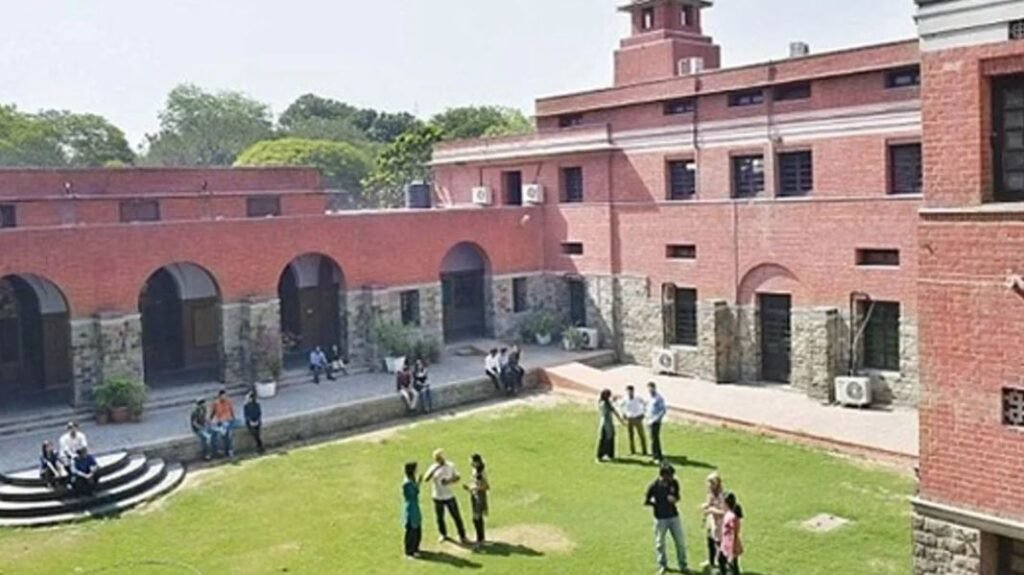- Researchers discovered that some genes involved in the production of antioxidants including vitamin C and flavonoids had evolved adaptively, giving amla its outstanding antioxidant potency
Scientists from the Indian Institute of Science Education and Research, Bhopal (IISER-Bhopal) discovered the complete genetic code of the Amla or Indian gooseberry plant. Understanding the genetic structure of Amla will help better in understanding their origins, evolution and how they create the biochemicals with therapeutic potential.
Explaining the technical approach of the IISER Team, the lead researcher Dr Vineet Sharma, Associate Professor, Biological Sciences, Indian Institute of Science Education and Research (IISER) Bhopal, said, “We analysed the genome and transcriptome of the amla plant using leaves from our campus. We employed advanced sequencing technologies, including 10x Genomics and Oxford Nanopore Technology (ONT) long-read sequencing, along with transcriptomic sequencing.”
The team was led by Dr Vineet Sharma, Associate Professor, Biological Sciences and included Shruti Mahajan, Manohar Singh Bisht and Abhisek Chakraborty from the Indian Institute of Science Education and Research (IISER) Bhopal.
They discovered that some genes involved in the production of antioxidants including vitamin C and flavonoids had evolved adaptively, giving amla its outstanding antioxidant potency. Amla’s high vitamin C content and remarkable ability of each tree to yield up to 100 kg of fruits make it superior to other vitamin C-rich fruits such as the West Indian cherry from Mexico and the camu camu fruit found in Brazil, Peru, Colombia and Venezuela, and it is an excellent choice for transitioning from synthetic to natural vitamin C sources.
“The analysis of the whole genomic landscape of the Amla also helped us in understanding its evolutionary descent in comparison with 26 other plant species. It will also help in developing improved nutraceuticals, food, cosmetics and pharmaceutical products and for further horticultural & genomic studies,” said Dr Sharma.
Apart from obtaining the draft genome structure of the Amla for the first time, the researchers also identified genes responsible for vitamin C biosynthesis and compared them with genes in other plants that bear vitamin C-rich fruits.



